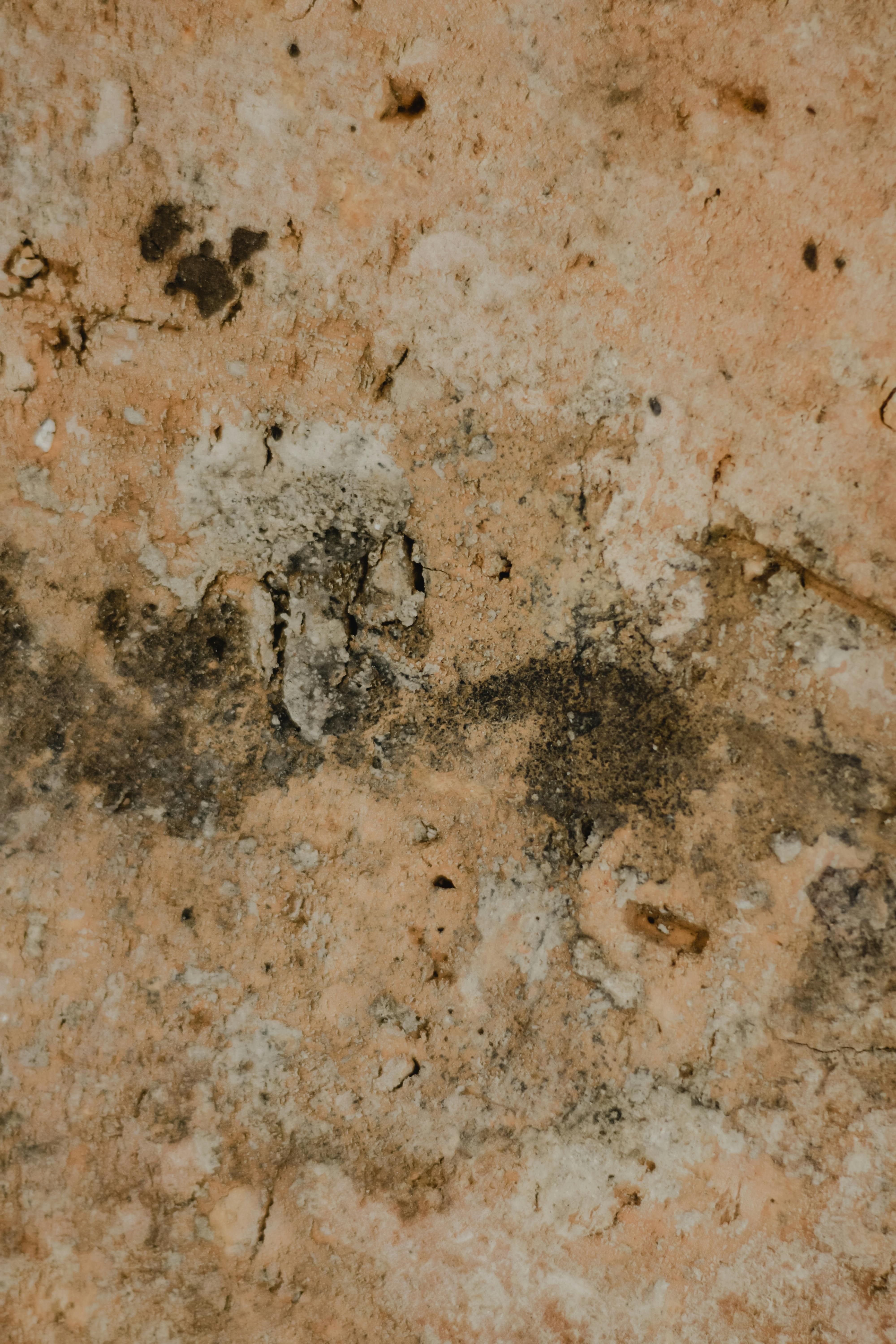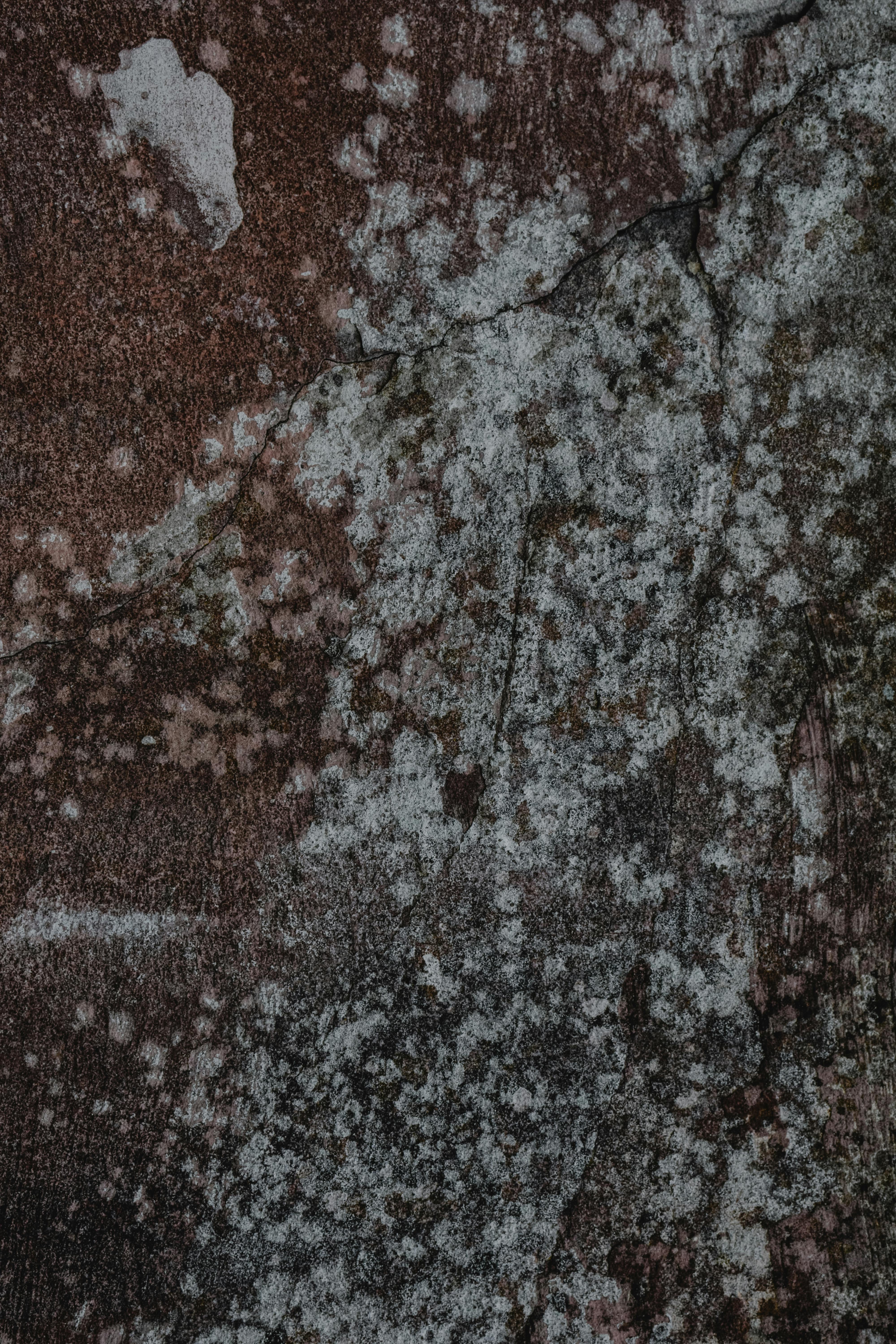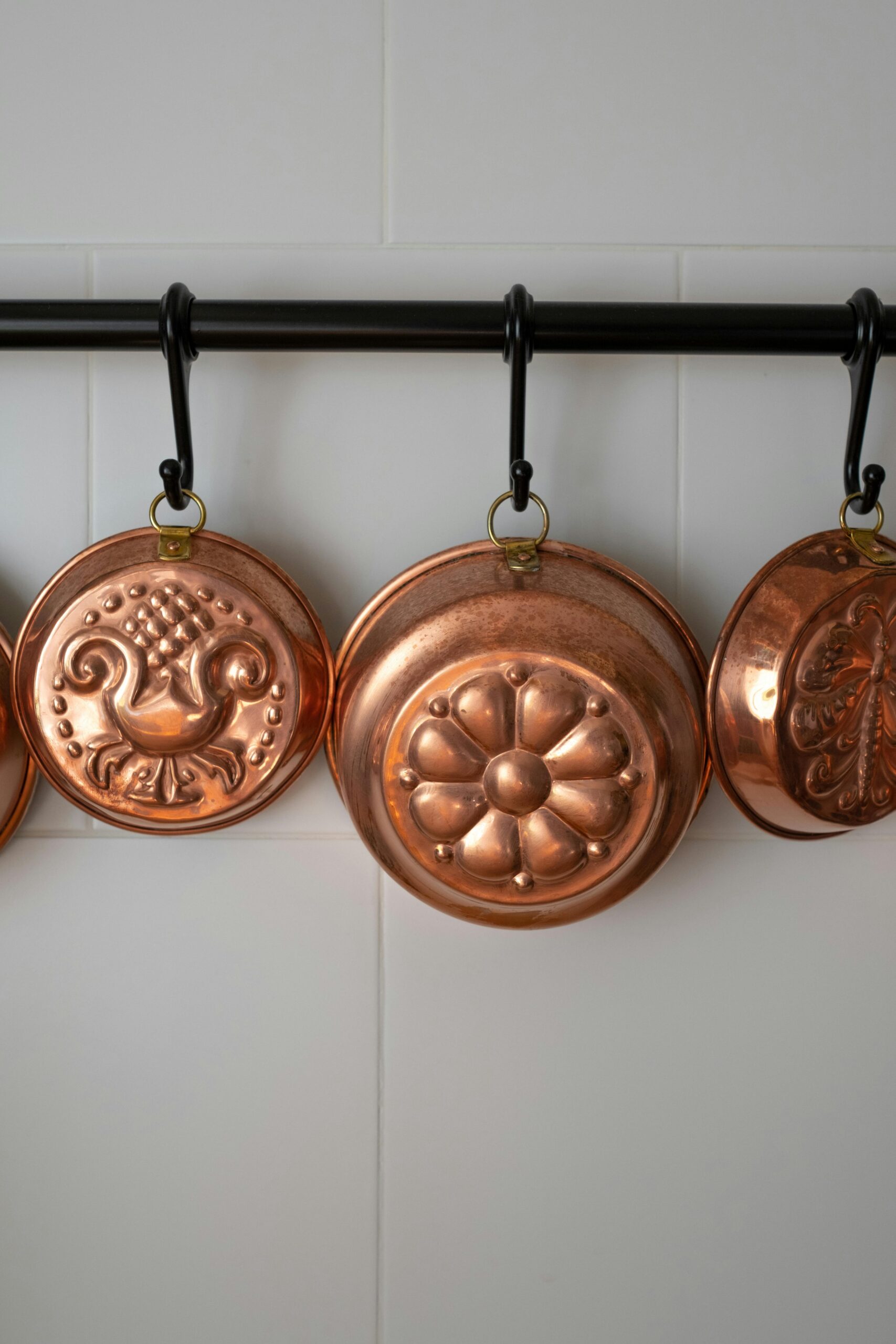Schimmel Wand: Understanding and Addressing Mold Issues
The Nature of Schimmel Wand
Schimmel wand, commonly referred to as mold on walls, is an issue many homeowners face. Mold can develop in various environments, particularly in areas prone to moisture. Understanding the nature of schimmel wand is essential for effective remediation and prevention. This type of mold not only poses aesthetic concerns but can also lead to significant health problems if left untreated. It thrives in damp conditions, often appearing in shades of black, green, or white. It’s crucial to recognize the early signs of mold to initiate prompt action.
What Causes Schimmel Wand?
The formation of schimmel wand stems from excessive humidity and moisture. Common sources include leaks from pipes, roofs, or windows, as well as inadequate ventilation in areas such as bathrooms, kitchens, or basements. When moisture levels exceed 60% indoors, mold spores can settle and begin to proliferate. Additionally, if there are organic materials such as wood, drywall, or fabric present, the likelihood of mold growth increases significantly. Ensuring your home is airtight while maintaining adequate airflow is vital for controlling moisture levels and preventing schimmel wand.
Identifying Schimmel Wand
Recognizing the presence of schimmel wand involves more than just visual inspection. Homeowners should look for mold spots, often appearing fuzzy or slimy. A musty odor is another common indicator of mold growth that can be discerned even before visible signs appear. It’s important to check behind furniture and in hidden areas where moisture can accumulate. If you suspect mold but cannot see it, consider using moisture meters for a more thorough assessment. Early detection is key, as it allows for easier and less expensive remediation.
Health Implications of Schimmel Wand
Not only is schimmel wand an aesthetic concern, but it also poses various health risks. Exposure to mold can lead to respiratory issues, allergic reactions, and other serious health conditions. Symptoms may include sneezing, coughing, skin rashes, and eye irritation. Individuals with pre-existing conditions such as asthma or weakened immune systems may experience even more severe effects. It is essential to understand the health implications of prolonged exposure to mold, making timely intervention necessary to protect the well-being of all occupants.
Remediation Strategies for Schimmel Wand
Effectively addressing schimmel wand requires a thorough and systematic approach. Remediation can encompass various techniques, from simple cleaning methods to comprehensive repairs, depending on the extent of the mold infestation. Professional intervention may be necessary for severe cases, but homeowners can take initial steps to manage smaller problems independently. Below are some effective strategies to tackle schimmel wand.
DIY Mold Removal Techniques
For minor schimmel wand issues, homeowners can employ several DIY techniques. One common method is using a mixture of vinegar and water to spray onto the affected areas. Vinegar has antifungal properties that can inhibit mold growth. For tougher stains, a solution of bleach and water (1 cup of bleach per gallon of water) can be used, but caution should be exercised as bleach emits strong fumes and should never be mixed with vinegar. After applying any cleaning solution, it’s crucial to scrub the area thoroughly with a brush and allow it to dry completely to prevent further growth.
When to Seek Professional Help
If the schimmel wand infestation exceeds 10 square feet or the odor is overpowering, it might be time to call in the professionals. Certified mold remediation specialists have the tools and knowledge to safely assess and treat more extensive mold issues. They can conduct a thorough inspection, identify hidden mold, and utilize specialized equipment such as HEPA vacuums and air scrubbers to clean the environment. Hiring experts not only ensures thorough removal but also helps prevent future infestations.
Preventing Future Mold Growth
Once schimmel wand has been effectively treated, it’s essential to implement preventive measures to avoid future occurrences. Start by controlling moisture levels in your home—keeping indoor humidity below 50% is ideal. Utilize dehumidifiers in damp areas like basements and ensure good ventilation throughout your home with exhaust fans in kitchens and bathrooms. Regularly inspect your property for leaks and water damage. By taking these proactive steps, you can significantly reduce the risk of schimmel wand returning.

Understanding Mold Types and Their Management
Different types of mold exist, and understanding their characteristics can aid in effective management. Among the most common is black mold, often linked to more serious health concerns. In contrast, white mold may not have as significant an impact on health but can still damage your home. Learning to identify these molds can direct your approach to treatment and prevention. Furthermore, it is crucial to inspect your home and recognize which types of mold you may be dealing with.
Managing Black Mold
Black mold, or Stachybotrys chartarum, is notorious for its potential health risks. It’s often a dark green or black color and thrives in damp environments. Due to its toxicity, it’s crucial to approach black mold with extreme caution. For affected areas larger than 10 square feet, professional removal is highly recommended. Additionally, homeowners should wear protective gear, including gloves and masks, when attempting to handle smaller patches to prevent inhalation or skin contact.
Monitoring White Mold
White mold, while not as hazardous as black mold, can cause structural issues in homes if left untreated. Its presence typically indicates a moisture problem. To manage white mold effectively, moisture levels need to be controlled. Homeowners should seek to eliminate the sources of dampness, similar to the strategies applied to combat black mold. Regular home inspections for moisture issues can prevent the advancement of white mold and protect your property.
The Role of Air Quality in Mold Management
Ensuring good air quality is paramount in combating schimmel wand. Maintaining clean air helps minimize mold spores that circulate within your home. Utilize air purifiers equipped with HEPA filters, which can trap mold spores and reduce the likelihood of mold settling on surfaces. Regularly changing HVAC filters is also critical in maintaining air quality and promoting a healthier living environment. By improving air circulation and quality, you can create an inhospitable atmosphere for mold growth.

Key Takeaways
- Understanding the nature and causes of schimmel wand is essential for effective remediation.
- Implement DIY techniques for minor infestations, but seek professional help for extensive mold issues.
- Prevent future mold growth by controlling humidity and ensuring proper ventilation.
- Different types of mold require specific management strategies focused on health concerns and environmental prevention.
- Maintaining good air quality plays a crucial role in mold management.
FAQ
1. How can I prevent schimmel wand from growing in my home?
To prevent schimmel wand, maintain indoor humidity levels below 50% by using dehumidifiers, ensuring adequate ventilation in moisture-prone areas, and promptly addressing any leaks or water damage. Regularly inspect your home for signs of mold and take necessary action swiftly to mitigate potential growth.
2. What are the signs of schimmel wand in a house?
Signs of schimmel wand include visible mold growth (often fuzzy or slimy), a musty odor, and increased allergy symptoms among occupants. It’s important to investigate hidden areas such as behind furniture or inside closets where moisture might accumulate.
3. Is schimmel wand harmful to health?
Yes, schimmel wand can be harmful. Mold exposure can lead to respiratory problems, allergic reactions, and other health issues, especially for individuals with pre-existing conditions or weakened immune systems. Taking timely action against mold is crucial for health and safety.
4. Can I use regular household cleaners to remove schimmel wand?
While some household cleaners may help with minor mold issues, it’s often more effective to use solutions specifically designed for mold remediation. Vinegar or a bleach-water mixture can be effective, but ensure to follow safety precautions and avoid mixing cleaning solutions.
5. How often should I check for schimmel wand in my home?
It’s advisable to conduct regular inspections, especially in areas prone to moisture such as bathrooms and basements. After heavy rainfall or if you notice a leak, checking for schimmel wand becomes even more critical to prevent extensive growth.
